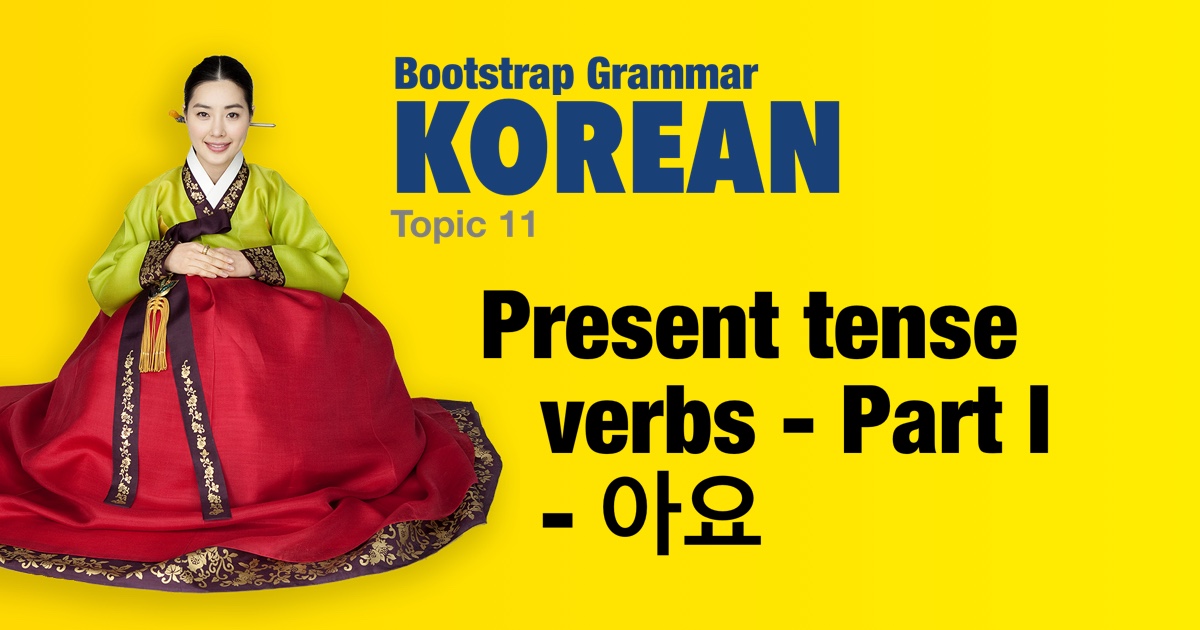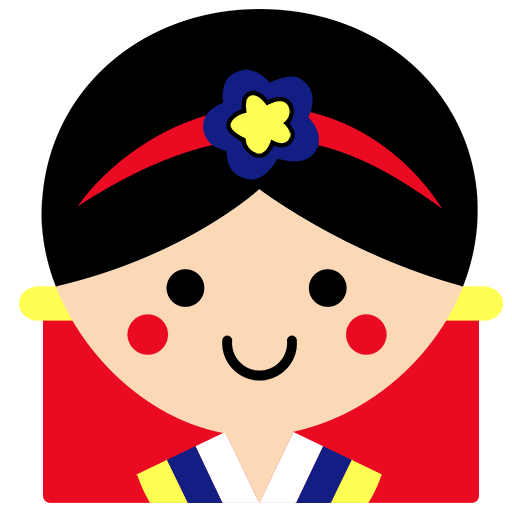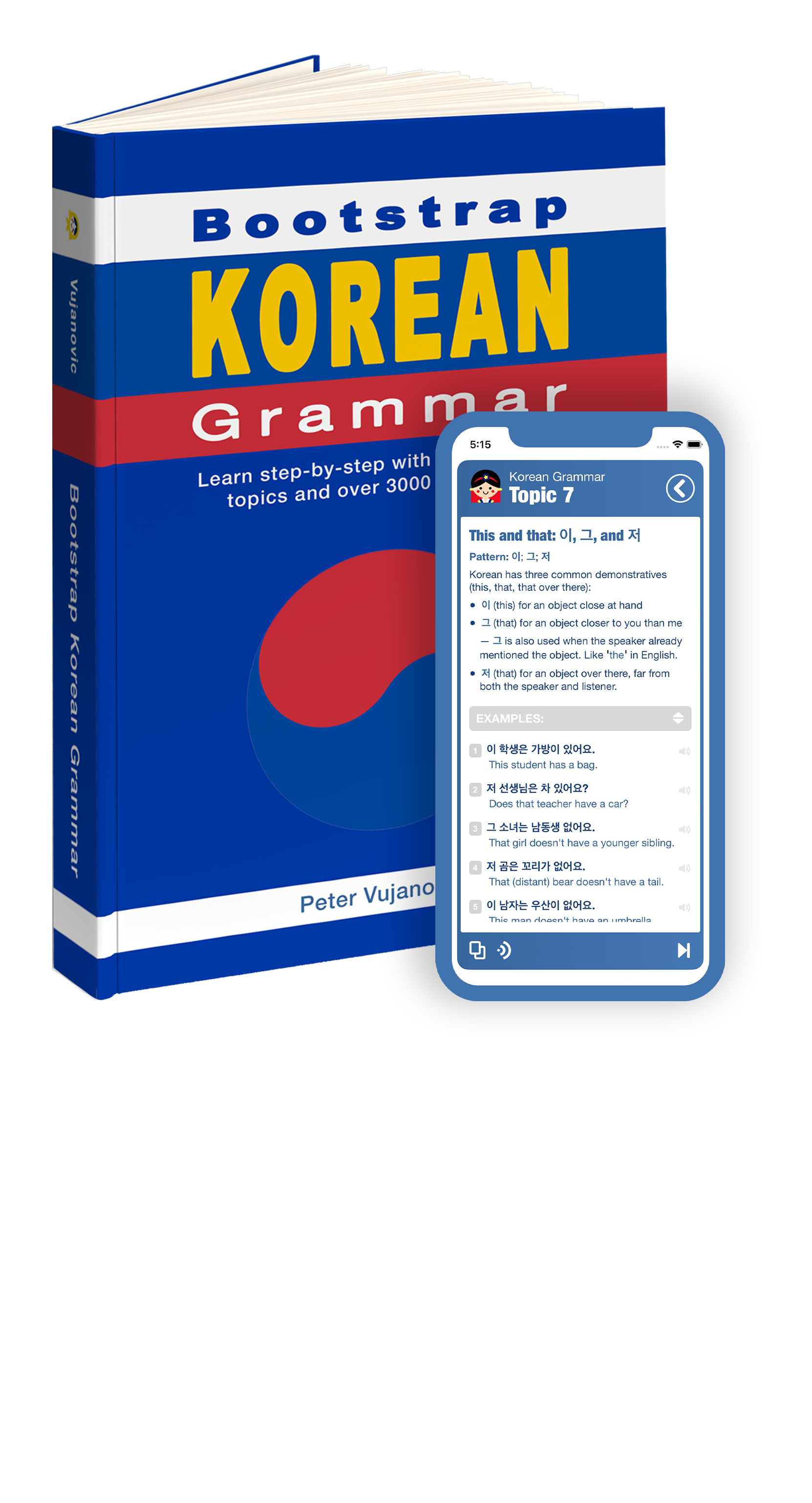Korean grammar - Present tense verbs - Part I - 아요 |
|||
|
|||
Pattern: Verb stem + 아요 We have already seen the present tense form of several Korean verbs. Recall that 있다 (to exist, to have) ⇒ 있어요 and 없다 (to not exist, to not have) ⇒ 없어요. To form the present tense of a Korean verb we add a suffix to the verb's stem. One such suffix is 아요 for the present tense. Here are the cases in which we use 아요: -- If the final letter of the verb stem is ㅏ then adding 아요 leaves just 요 to add to the verb stem. -- If the final letter of the verb stem is ㅗ then when 아요 is added there is a 'vowel combination': ㅗ + 아 = ㅘ. So replace ㅗ in the verb stem with ㅘ and add 요. -- If the final letter in the stem is a consonant (other than ㅂ) just add 아요. -- If the final letter of the stem is ㅂ then remove the ㅂ and add 워요. |
| Examples: | |
|
남동생은 자요?
Is (your) younger brother sleeping?
|
|
|
기차가 가요.
The train is going.
|
|
|
아기가 지금 일어나요.
The baby is getting up now.
|
|
|
고양이는 봐요.
The cat looks.
|
|
|
부모님이 와요.
(My) parents are coming.
|
|
|
엄마가 편찮아요.
Mom is ill.
|
|
|
개가 의자에 앉아요.
The dog sits on the chair.
|
|
|
날씨가 좋아요.
The weather is good.
|
|
|
그 수박이 차가워요.
That watermelon is cold.
|
|
|
이 인형은 귀여워요.
This doll is cute.
|
|
|
장미꽃이 아름다워요.
The rose is beautiful.
|
|
|
가방이 왜 무거워요?
Why is the bag heavy?
|
|
|
그 셔츠가 더러워요?
Is that shirt dirty?
|
|
|
그 책은 싸요.
That book is cheap.
|
|
|
이 책은 비싸요.
This book is expensive.
|
|
|
그 치마는 귀여워요.
That skirt is cute.
|
|
 |
|




